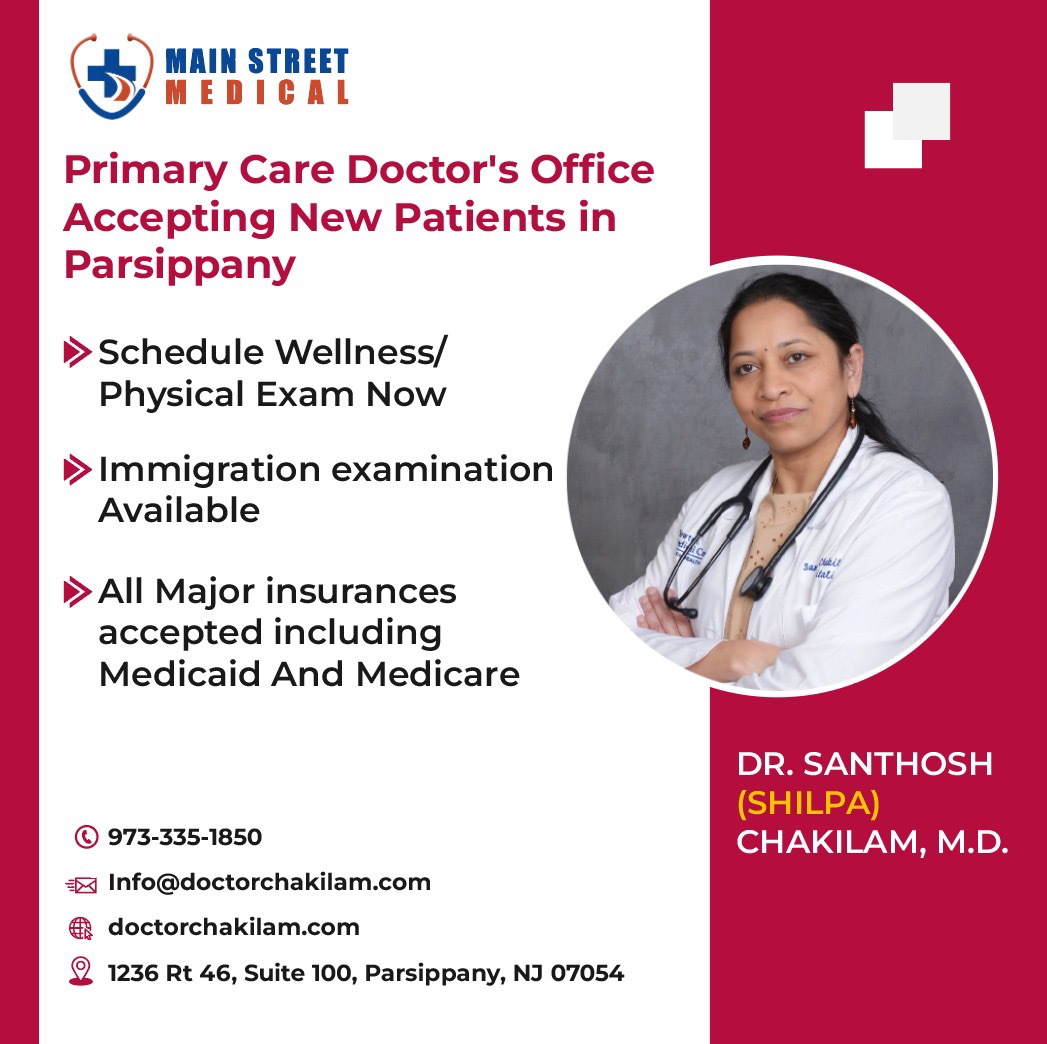PARSIPPANY — The Parsippany-Troy Hills Township Council will vote on Ordinance 2019-01: Execution of a Financial Agreement with the District at 1515 Urban Renewal at its Tuesday, February 19 meeting. The meeting will begin at 7:00 p.m. at Parsippany Municipal Building, 1001 Parsippany Boulevard.
The first reading of the Ordinance was passed at the Tuesday, February 5 meeting, 4-1. Council Vice President Janice McCarthy voted against the Ordinance.
“Just for the record to clarify, this PILOT will not set a precedent for any other application, for any other developer. We can successfully defend against that. I’m still uncomfortable with the PILOT, but I’m going to vote yes,” stated Councilman Michael dePierro.
Councilwoman Emily Peterson said “I would just like to say for the record. I think this is a very good project. As far as with the PILOT program, I know the developer has agreed to do the infrastructure and the roadwork and as far as roundabout and other improvements that will keep a lot of traffic off Route 202, which is already very congested.”
The designation of 1515 Route 10 as an “Area in Need of Redevelopment” was passed by the Township Council, unanimously, on September 22, 2015. This designation began the movement towards the project known as “The District at 1515”, and also referred as the “Stanbery development.” The members of the Township Council on September 22, 2015 was Dr. Louis Valori, President; Robert Peluso, Vice President; Paul Carifi, Jr., Michael dePierro and Brian Stanton.
As with all municipalities in the State of New Jersey, Parsippany has an obligation to allow for the creation of affordable housing units within the Township. The project at 1515 was proposed as a mixed-use (residential and retail) development project including parts of both Parsippany and Hanover Townships, with an affordable housing component. The property is divided between the Township of Parsippany-Troy Hills and Hanover Township. The property consists of 17.052 which 5.92 acres are located in Hanover Township.
The project will consist of 441 apartment units. The project’s viability, as proposed, depends on a method of taxation known as a PILOT, an arrangement that allows for revenue-based rather than value-based taxation of the property by the township. An arrangement under traditional taxation would result in a development with at least 800 apartment units, larger in size than those originally proposed, with no retail component or other positive components of the PILOT agreement (listed below).
The PILOT proposal was discussed in detail by the prior administration at the August 22, 2017 Council meeting, at which a redevelopment plan outlining a PILOT proposal was passed unanimously. There was an attempt to pass that agreement at a Special Council meeting of December 27, 2017; however, the proposal was pulled.
The Stanbery development includes a number of attributes that are attractive to the township. The small sizes of the units and emphasis on studio and one-bedroom apartments over two- or three-bedroom apartments mean that the project will not produce a substantial number of school-aged children (the small increase will be well below the Parsippany-Troy Hills School District’s regular annual fluctuation in enrollment).

As pointed out during the February 5 meeting, the project is part of Parsippany’s solution to its affordable housing obligation. The “District at 1515” will provide 34 low and moderate income apartments on site. Additionally, they will pay in excess of $3.3 million into the Township’s Affordable Housing Trust Fund. The Township will have these funds at its discretion to meet the fair share housing obligations for rehabilitation, new construction programs, and/or an affordability assistance program. Some of these contemplated programs will allow the Township to receive 2-for-1 credits toward its COAH obligation. The additional funds would permit Parsippany to gain more credits through the rehabilitation and affordability assistance programs, which is advantageous to the Township, avoiding new development or undeveloped ground and will add no new apartment units in Parsippany, relieving pressure on the board of education.
Under Mayor Soriano’s administration, the PILOT agreement was re-negotiated to improve the terms for the township. The newly negotiated agreement includes the following:
- PILOT payments by the property owner of, depending on the year, 10%-11% (up from 6% under the previous administration’s agreement).
- A waiver of the property owner’s Kelly Act rights, which allows the township to avoid the cost of reimbursing the property owner for snow and ice removal services.
- Transportation improvements made to the Route 10 / Dryden Way intersection to improve traffic flow along Route 10, at the developer’s expense, and to be performed during the early, rather than later, phase of the project. This will reduce the traffic traveling through the intersection of Route 10 and 202 (Littleton Road).

The Township of Parsippany-Troy Hills will receive revenue of $61 million municipal share of PILOT over 30 years, $54 million more than if the property were to remain office space with no PILOT. Parsippany’s share of the annual PILOT payment will be over $1.6 million at project stabilization, increasing to over $5 million. This is significantly more than the current $92,000 tax revenue the township is receiving. If the existing buildings remain office use (providing they are fully occupied), the Township would generate $7 million in tax revenue over 30 years. With the proposed PILOT, The District at 1515 will generate $61 million in tax revenue for Parsippany-Troy Hills over 30 years. That works out to be an additional revenue of $54 million.
NJ Highlands Coalition says this about Redevelopment: The conversion of gray fields (abandoned or underutilized commercial or industrial facilities) into new land uses that are consistent with Smart Growth strategies and low impact development – is encouraged in the Highlands Regional Master Plan. New Jersey Future says this about Smart Growth: Smart Growth is growth that serves the environment, the economy, and the community equally. It attempts to concentrate development into already-existing communities when possible, and it addresses the inherent interconnections between environmental protection, social equity, public health, and economic sustainability. The District at 1515 advances many of these objectives embodied in Smart Growth:
- Mixed Land Uses: New, clustered development works best if it includes a mix of stores, jobs and homes.
- Look for opportunities to grow in already built-up areas before paving new areas.
- In every community, there are things that make each place special, from train stations to local businesses. The District at 1515 is designed around a public gathering space that Parsippany currently does not have.
If the PILOT agreement were abandoned, the new proposal for the site would include nearly double the unit count, larger apartment units allowing for the generation of much more school-aged children, and the elimination of any transportation improvements or Kelly Act waivers.
The project is designed to attract millennials and empty-nesters, and stem the tide of corporate tenants flying to millennial havens. Eliminating the existing office building will decrease Parsippany’s office vacancy rate which is currently at 20% by 2%.















